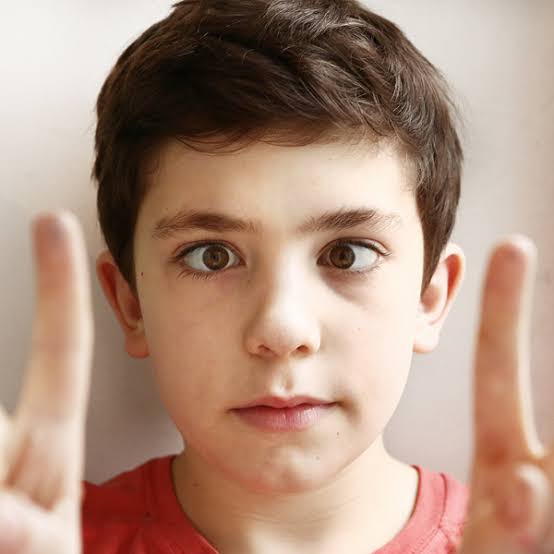Strabismus (Squint): Types, Causes, Symptoms Treatment and Complications
Strabismus is a medical condition in which the eyes are not aligned with each other while looking at an object.
It is also known as crossed eyes or wall-eyed or squint or 4’O clock eyes (in Nigeria) because the eyes does not look in the same direction while looking at an object at the same time.
Facts you should know about crossed eyes
It affects 5 in every 100 children
Strabismus occurs in about 2% of children
Sometimes the eyes becomes aligned on their own after some years
In some children with squint, it affects the ability of the hand-eye coordination and may affect their ability to judge distance properly.

Types
Esotropia (eyes crossed);
exotropia (eyes diverge);
hypertropia (eyes vertically misaligned)
Symptoms
The eyes are not aligned
Eye strain
Double vision
Headaches
psychosocial difficulties.
Causes
Defect of the muscles controlling the eyes known as extra-ocular muscles
Amblyopia
Brain infection
Genetic abnormalities
Trauma
Runs in some families
Long sightedness
Brain tumors
Eye tumours
Nerve injury especially in the muscles that moves the eye.
Risk factors include premature birth, cerebral palsy and a family history of the condition.
Treatment
Surgery
Vision Therapy
Spectacles
Patching
Medications may help (not definitive)
Strabismus Surgery
Strabismus surgery does not remove the need for a child to wear glasses.
Strabismus surgery attempts to align the eyes by shortening, lengthening, or changing the position of one or more of the extraocular eye muscles. The procedure can typically be performed in about an hour, and requires about six to eight weeks for recovery. The surgery may be done in stages that is, more than once.
Complications
1. Amblyopia: Also called lazy eye, is a disorder of sight in which the brain fails to process inputs from one eye and over time favors the other eye.It results in decreased vision in an eye that otherwise typically appears normal. It is the most common cause of decreased vision in a single eye among children and younger adults
2. Double vision
Stigma
Notably, strabismus interferes with normal eye contact, often causing embarrassment, anger, and feelings of awkwardness, thereby affecting social communication in a fundamental way, with a possible negative effect on self esteem. People with strabismus are encouraged to join a support group.
Coping with strabismus
One study categorized coping methods into three subcategories:
avoidance (refraining from participation in an activity),
distraction (deflecting attention from the condition),
and adjustment (approaching an activity differently).
Contribution:
Wikipedia





















